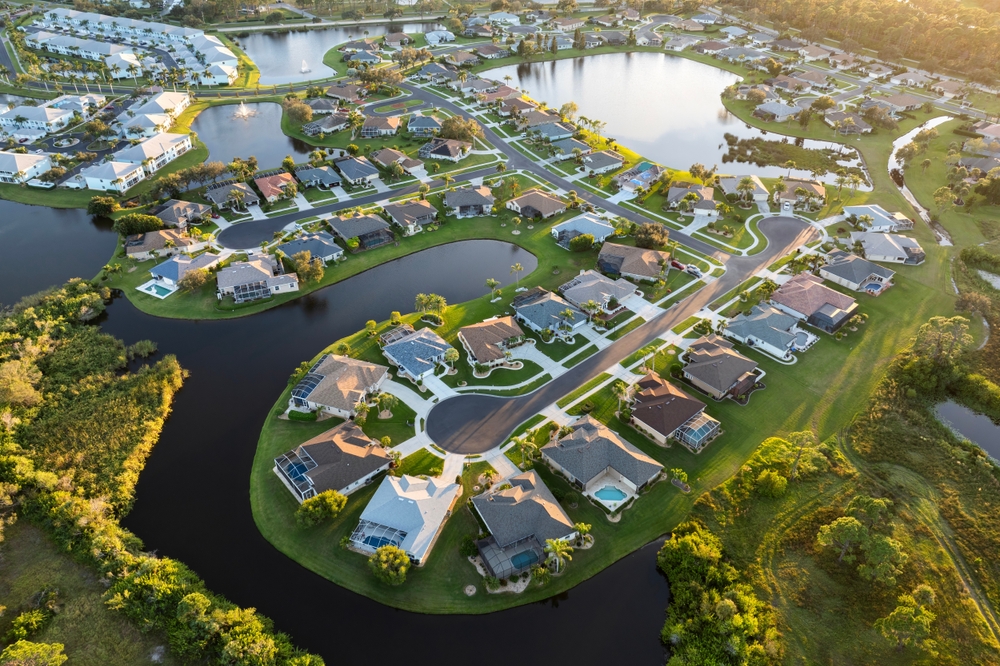Retirement communities are becoming increasingly popular among those aged 50 and above, offering a unique blend of independence, community, and care. These communities provide residents with the opportunity to enjoy a fulfilling lifestyle, often with luxurious amenities, engaging activities, and a supportive environment. As more individuals approach their golden years, the allure of retirement communities continues to grow, sparking curiosity about what these establishments have to offer.

The Appeal of Retirement Communities
Retirement communities are specifically designed to cater to the needs and desires of older adults, generally those aged 50 and above. The concept revolves around creating a communal living environment where residents can enjoy their retirement years free from the stresses of maintaining a traditional home. These communities often provide a variety of living options, from independent living to assisted living and nursing care, ensuring that residents can find a level of support that suits their individual needs.
One of the significant appeals of retirement communities is the lifestyle they promote. Many communities focus on offering a vibrant social calendar filled with events, clubs, and activities tailored to the interests of the residents. From arts and craft classes to wellness programs and group outings, these activities aim to foster a sense of community and belonging among residents. Furthermore, retirement communities are often located in scenic areas, providing residents with beautiful surroundings to enjoy in their leisure time.
For those seeking a luxurious retirement experience, Australia offers some spectacular options. Retirement villages in Australia, as highlighted by Downsizing.com.au, often feature state-of-the-art amenities such as swimming pools, golf courses, and gourmet dining options. These upscale communities are designed to provide an indulgent lifestyle, combining comfort with elegance.
Types of Retirement Communities
Retirement communities are diverse, offering various models to suit different lifestyles and preferences. Here are some common types:
- Independent Living: These communities cater to seniors who are self-sufficient and do not require daily assistance. They often include residential units such as apartments or cottages and a range of amenities and activities to enhance residents' quality of life.
- Assisted Living: For those who need some assistance with daily activities, assisted living communities provide support services while allowing residents to maintain a level of independence. Services often include help with bathing, dressing, and medication management.
- Nursing Homes: These provide comprehensive care for seniors with significant health care needs. Skilled nursing facilities offer 24/7 medical care and support, focusing on residents' health and well-being.
- Continuing Care Retirement Communities (CCRCs): CCRCs offer a continuum of care, allowing residents to move between independent living, assisted living, and nursing care as their needs change over time within the same community.
Each type of community offers different features and levels of care, allowing individuals and their families to choose the best fit for their lifestyle and health needs.
Choosing the Right Retirement Community
Selecting a retirement community is a significant decision that requires careful consideration of various factors. It is essential to evaluate personal needs, preferences, and financial capabilities before making a choice. Here are a few key aspects to consider:
- Location: Consider a community's proximity to family, friends, and medical facilities. The climate and surrounding environment should also match the retiree's lifestyle and preferences.
- Cost: Retirement communities can vary greatly in cost. Understanding the fee structure, including entrance fees and monthly charges, is crucial. It's also important to consider the long-term affordability based on personal financial situations.
- Services and Amenities: Evaluate the types of services and amenities available, such as fitness centers, dining options, and transportation services. Consider what activities and facilities are most important for maintaining a desired lifestyle.
- Community Culture: Visit potential communities, attend events, and speak with current residents and staff to get a sense of the community's atmosphere and culture.
- Level of Care: Choose a community that aligns with current and future health care needs, ensuring that adequate support and services are available as required.
For those exploring options in Australia, websites like RetireAustralia, Retirement Living Online, and Levande offer detailed information and resources to aid in the decision-making process.
Challenges and Considerations
While retirement communities offer numerous benefits, there are also challenges and considerations to be mindful of when making a decision. One major challenge is the emotional aspect of downsizing and leaving a long-time home. The transition to a retirement community can be an emotional process, as it often involves selling a family house and parting with personal belongings.
Additionally, the adjustment to communal living can also be challenging for some individuals. The idea of living in close proximity to others and sharing community spaces requires a level of social adaptability and openness to new experiences.
Financial planning is another critical consideration. It's essential to understand all financial commitments involved, including entrance fees, monthly service fees, and additional costs that may arise over time. Prospective residents should conduct thorough research and possibly consult a financial advisor to ensure their chosen community is financially sustainable in the long term.
The Future of Retirement Communities
With an aging population, the future of retirement communities looks promising and is expected to evolve continually to meet shifting demands. Innovations in technology, lifestyle services, and medical care are likely to influence the development of retirement communities.
For example, smart home technology is increasingly being integrated into residences to enhance safety and convenience for older adults. Communities may also offer more personalized wellness and healthcare services, focusing on preventative care and active aging. Sustainability is another growing trend, with many communities incorporating eco-friendly practices and green building designs.
Conclusion
Retirement communities offer a unique blend of independence, socialization, and support for those entering their later years. As interest and demand for retirement living increase, these communities are continually evolving to provide diverse and engaging options to cater to different needs and preferences. With careful consideration and planning, finding the right retirement community can lead to a fulfilling and enriched retirement lifestyle. If you're considering this lifestyle option, explore resources like RetireAustralia and Retirement Living Online to discover the best possibilities available.

